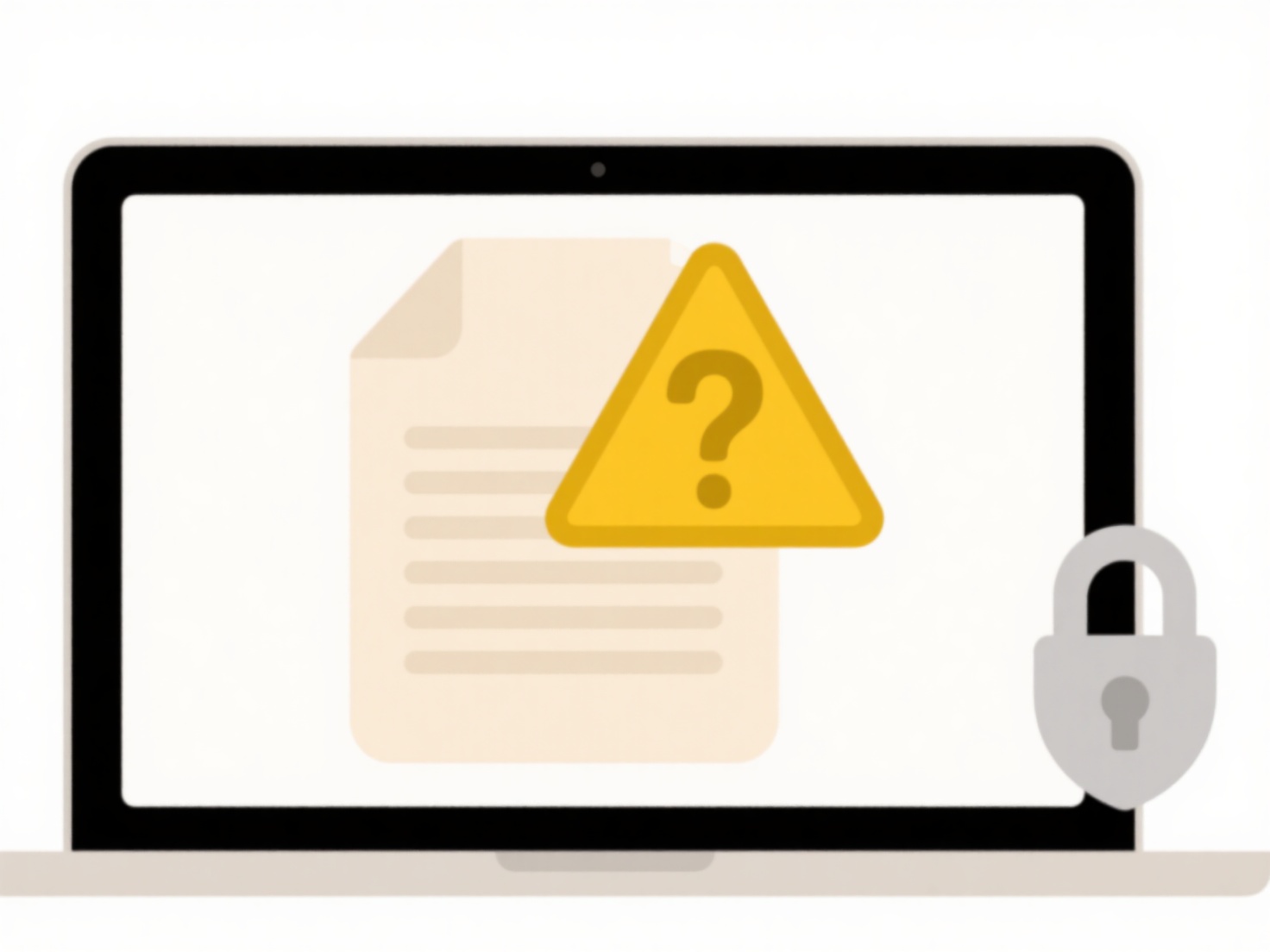
A filename conflict occurs in cloud synchronization when two or more files or folders with the exact same name are modified independently on different devices before syncing to the cloud. Cloud services cannot have identical names within the same folder location. When detected during sync, the service must decide how to reconcile the different versions.

For example, two team members might independently edit a document titled "Report_Final.docx" on their own laptops while offline. When both devices later sync, the cloud service flags the conflict. Similarly, a user taking photos named "IMG_001.jpg" on both their phone and digital camera will create conflicts if synced to the same cloud album.
Auto-resolution typically renames one file (e.g., adding "conflict", username, or timestamp) to prevent data loss but requires users to manually review duplicates later. This maintains access but causes clutter. The core challenge is avoiding unnecessary confusion; users must manually verify and merge intended changes, which interrupts workflow. Cloud providers aim to refine conflict detection logic to minimize disruptions.
What does “filename conflict” mean in cloud sync?
A filename conflict occurs in cloud synchronization when two or more files or folders with the exact same name are modified independently on different devices before syncing to the cloud. Cloud services cannot have identical names within the same folder location. When detected during sync, the service must decide how to reconcile the different versions.

For example, two team members might independently edit a document titled "Report_Final.docx" on their own laptops while offline. When both devices later sync, the cloud service flags the conflict. Similarly, a user taking photos named "IMG_001.jpg" on both their phone and digital camera will create conflicts if synced to the same cloud album.
Auto-resolution typically renames one file (e.g., adding "conflict", username, or timestamp) to prevent data loss but requires users to manually review duplicates later. This maintains access but causes clutter. The core challenge is avoiding unnecessary confusion; users must manually verify and merge intended changes, which interrupts workflow. Cloud providers aim to refine conflict detection logic to minimize disruptions.
Related Recommendations
Quick Article Links
What is a .log file and can I delete it?
A .log file is a simple text document that records events generated by software, operating systems, or servers. It autom...
Can I preview file names before confirming the batch rename?
File name preview in batch renaming allows you to see the exact new names your files will receive before actually commit...
Can I sort search results by relevance or date?
Relevance sorting ranks results based on how closely they match your search query, considering factors like keywords, co...